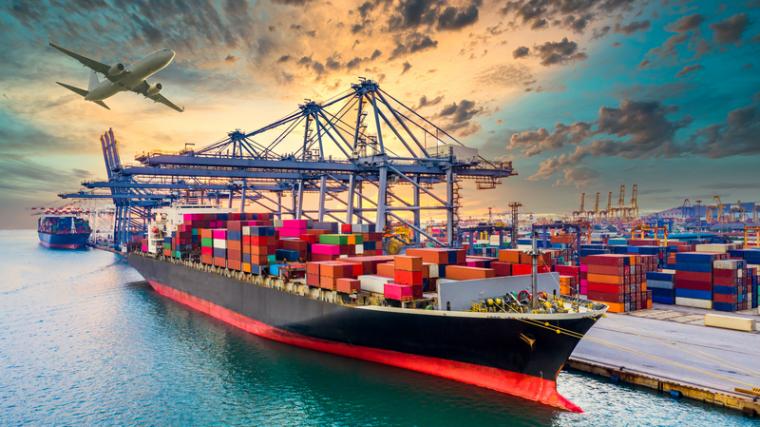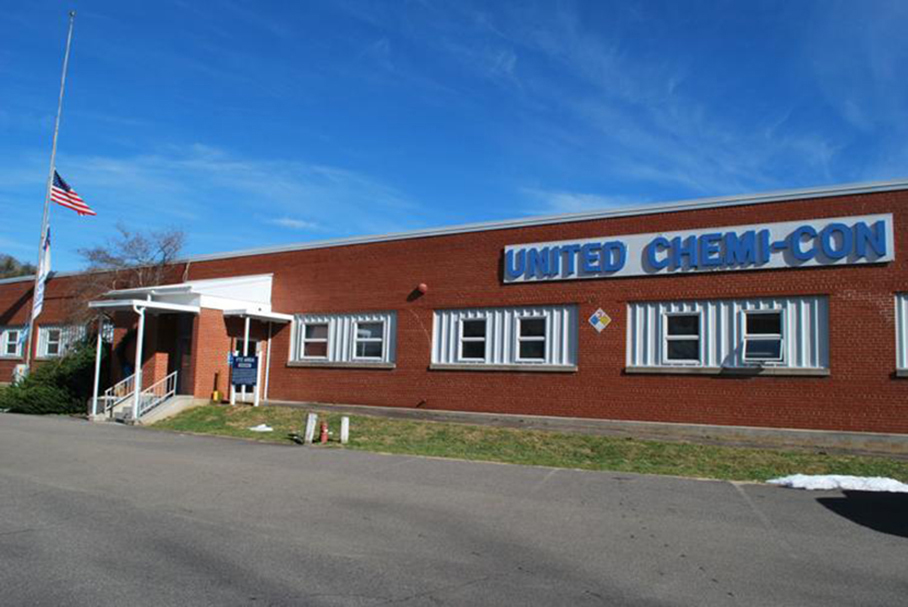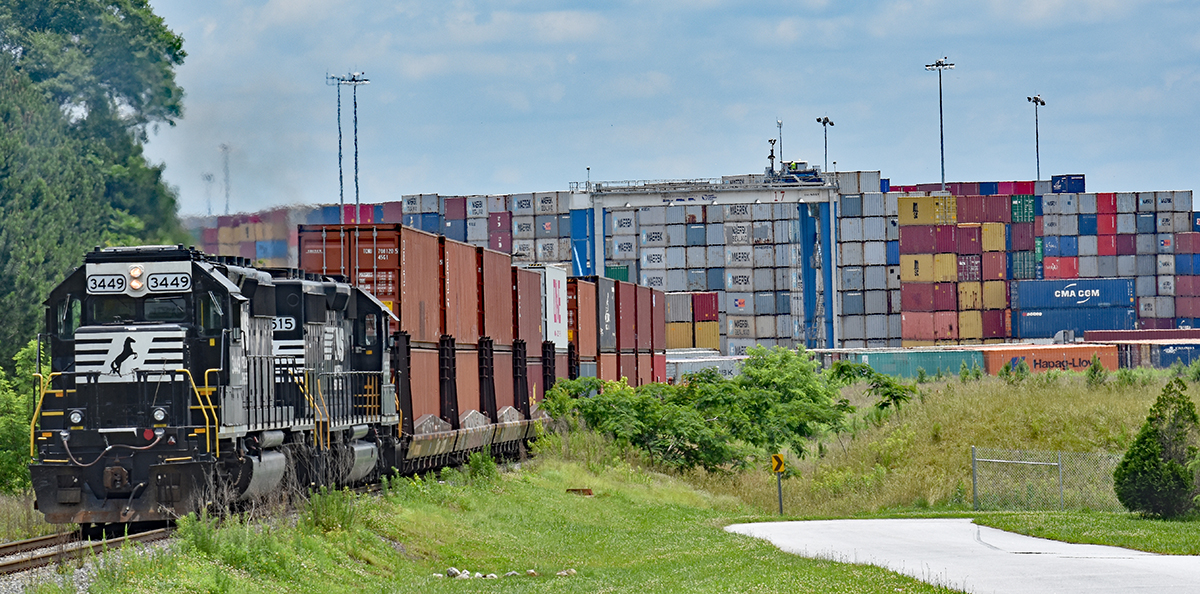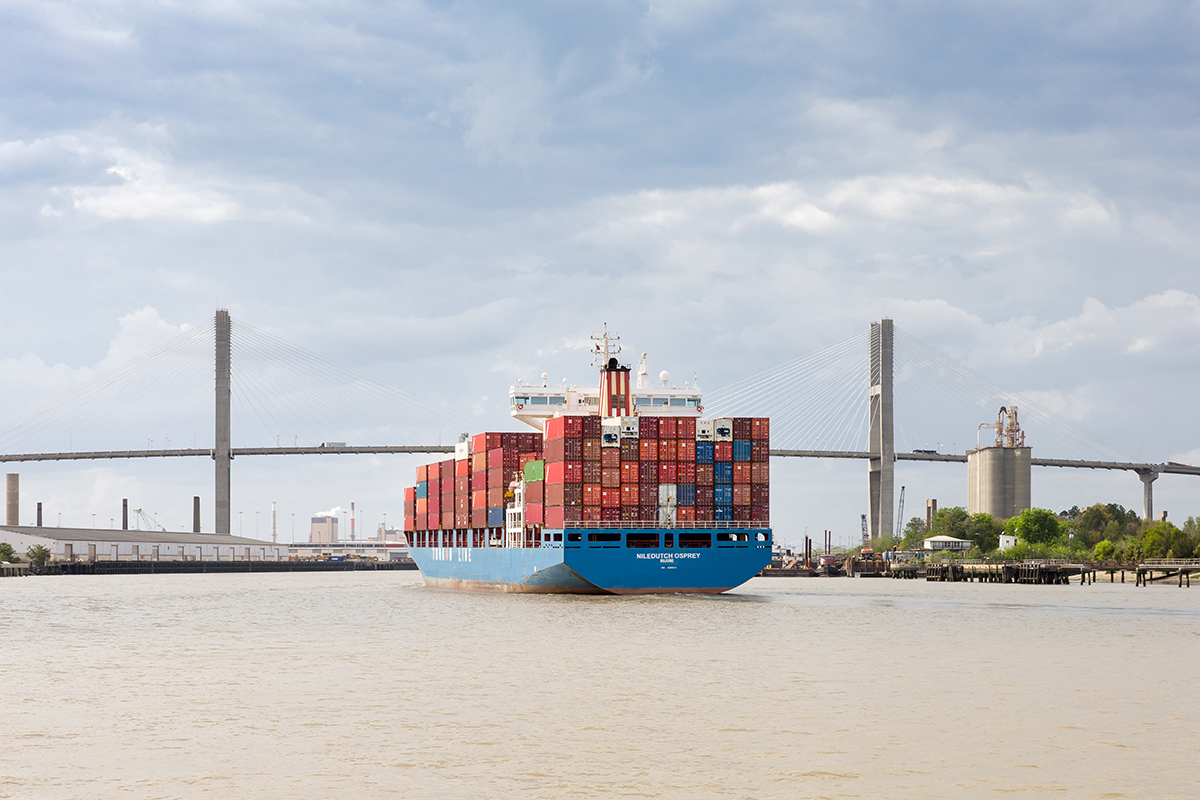
 For the past 40 years, American communities and the local value-added businesses that have sustained them have faced the challenges of an increasingly global competitive environment. This environment has been characterized by ever more efficient production methods (robotics, lean manufacturing techniques), more efficient telecommunication and transportation systems (digital and broadband development, intermodal and air freight expansion), and increased international trade activity resulting from major trade liberalization initiatives (GATT Agreements, establishment of the WTO, expansion of WTO membership to non-market countries.)
For the past 40 years, American communities and the local value-added businesses that have sustained them have faced the challenges of an increasingly global competitive environment. This environment has been characterized by ever more efficient production methods (robotics, lean manufacturing techniques), more efficient telecommunication and transportation systems (digital and broadband development, intermodal and air freight expansion), and increased international trade activity resulting from major trade liberalization initiatives (GATT Agreements, establishment of the WTO, expansion of WTO membership to non-market countries.)
Each of these has posed stringent challenges to American-based production operations and the communities whose welfare is dependent upon them. For better or worse, U.S.-based companies and their employees have been forced to become more efficient and more productive—or suffer the consequences. Yet, the challenges posed by increased access to domestic markets due to trade liberalization have, until recently, been relatively constant.
Today, however, the situation is much more complicated. Why? Trade conflicts.

Forty years of accelerating trade liberalization have provided a number of broadly distributed benefits: technological advances and lower consumer prices through increased competition, increased economic opportunities through exports and increases in direct foreign investment in American communities.
However, it has imposed costs in more concentrated ways: Plant closures and the loss of U.S.-based production share to lower cost foreign locations, displacement of U.S-made goods by foreign-made “knock-offs,” and distortions of international investment and production patterns by state-owned enterprises and government imposed non-market investment regimes.
Imposing Tariffs
The recent response of the U.S. government has been the use of punitive tariffs to impose additional costs on targeted lists of products in order to obtain leverage in negotiated solutions to distortions in the international trading system. The conflicts surrounding these actions have created a number of effects. Among these have been retaliatory tariffs on American-made goods by other countries—a response that is not unexpected.

However, there have also been unintended, counterproductive effects that are self-imposed by the U.S. government; specifically, punitive tariffs on inputs used in the production of American-made products that compete against imported finished products, for which there is no protection provided by punitive tariffs.
Therefore, for a number of U.S.-based companies and American communities, the script has flipped. “Now what do we do?” they ask.
Federal Trade Zone (FTZ) Program
For some—in very specific circumstances—part of the answer lies in the use of a federal trade program that is 85 years old: the U.S. Foreign-Trade Zones program. Established pursuant to the Foreign-Trade Zones Act of 1934, the U.S. Foreign-Trade Zones program has helped an ever-growing number of U.S.-based businesses maintain their international competitiveness by reducing costs associated with U.S. Customs duties as they rely on supply chains that include a mix of both domestic and global suppliers.
Historically, America’s FTZ users have enjoyed the following important FTZ benefits:
• Customs Duty Deferral—No customs duties are paid while imported material remains in the Zone.
• Duty Avoidance on Re-exports—Goods stored in Zones may be shipped to foreign markets without the payment of U.S. customs duties. The same benefit applies for exports of goods manufactured in Zones that are exported to non-NAFTA countries.
• Lower Supply Chain Costs—FTZ Direct Delivery procedures reduce the time between unloading at a U.S. port and the arrival of parts and components to the FTZ user. FTZ Weekly Entry procedures reduce the paperwork involved in serving the domestic market from the Zone operation.
• Tariff Rate Rationalization—With prior U.S. Foreign-Trade Zones Board approval, Zone users may choose the duty rate that is applied to foreign components used in the manufacture of goods sold in the domestic market—that is, the rate that applies to the imported component, or, alternatively, the rate that applies to the FTZ manufacturer’s finished product, whichever is lower.

United Chemi-Con’s Experience
One illustrative example of the importance of the FTZ benefit of tariff rationalization can be found in the Zone-related experience of United Chemi-Con’s manufacturing facility located in Lansing, N.C. The company’s Lansing plant—which produces electrolytic capacitors—is part of a wholly-owned subsidiary of a multi-national corporation that has a number of electrolytic capacitor production facilities around the world.
Steve Katz, the Plant Manager of the Lansing facility, has a keen historical sense of the direct way in which trade initiatives and policies affect the international competitiveness of his plant’s operations.
“This plant started its operations in 1954,” he says. “From that time until 1995, the U.S. tariff structure was biased in favor of our competitiveness versus capacitors manufactured overseas. Imports of our key raw material—aluminum capacitor foil—were subject to customs duties of 5.3 percent, while imports of electrolytic capacitors were subject to customs duties of 10 percent.”
This changed dramatically with the adoption of the Uruguay Round Agreements in 1995. Under the Uruguay Round tariff structure, many electronic products—such as computer-related products and telecommunications products—could be traded between WTO member countries, including the United States, at import rates free of duties.Also included in the duty-free Uruguay Round structure were certain key electronic components—including electrolytic capacitors.
“By the year 2000,” Katz says, “We had a real problem. We were competing for production share for finished products that could be imported into the U.S. duty-free, while our key raw materials remained subject to customs duties of 5.3 percent. This suppressed our operating margins and made the Lansing facility less attractive as a multinational production platform. This was especially problematic in light of the trend of electronics manufacturers—our customers—producing their products overseas, then having those products imported into the U.S. duty-free. In today’s global environment, our sales mix is about one-third exports and two-thirds domestic. The ‘inverted’ duty-rate relationship created by the Uruguay Round tariff structure hurt our competitiveness all the way around. Then we discovered the U.S. FTZ program.”

Providing Tariff Solutions
United Chemi-Con retained FTZC, a leading provider of Zone-related services and software, to provide a turn-key solution to its tariff problem. By 2001, the Lansing facility was designated and activated as a Foreign-Trade Subzone under a grant of authority issued to the Piedmont Triad Partnership, grantee of the FTZ project established in nearby Greensboro, N.C.
Says Katz, “We were very fortunate in having the right public and private partners in helping us actually implement FTZ procedures in an expeditious and efficient manner. Because our finished product has a zero duty rate, we were able to simplify our FTZ recordkeeping requirements by relieving our Zone-related inventory at the point of transfers of finished products from our production lines to our finished-product warehouse. Not only was our international competitiveness restored, our day-to-day operations remain unencumbered. We were able to continue to compete in an increasingly global environment while enjoying the beautiful and scenic environment of the Blue Ridge mountains of North Carolina. Thanks to the flexibility of the FTZ program, we enjoyed the best of all worlds.”
Then came the present era of trade conflicts. In March 2018, a major trade policy shift was put into effect. Imports of certain steel and aluminum products—as listed in the Harmonized Tariff Schedule of the United States—became subject to punitive tariffs. The list of products within the Harmonized Tariff Schedule of the United States subject to the new punitive tariffs included the tariff classification applicable to electrolytic capacitor foil.

“When the new tariffs were announced, we were faced with potential calamity,” Katz relates. “Under the new tariff regime, we were forced to pay the nominal 5.3 percent duty on our foil, plus the 10 percent punitive tariff, without the prospect of achieving tariff rationalization through the FTZ program because such relief was specifically precluded by the punitive tariff proclamation. The good news was the availability of an exclusion process for aluminum products not made in the U.S., but the bad news was that there were thousands of exclusion requests being processed by the U.S. Department of Commerce, meaning it would take months for ours to be approved. We called upon our FTZC for a solution.”
Because one-third of the Lansing facility’s customers are located outside of North America, a mitigating strategy was effected in short order. The local office of U.S. Customs and Border Protection approved an alteration of the United Chemi-Con Subzone’s activated area to include its finished-product warehouse; the company’s FTZ software’s functionality already included the capability of accommodating the duty-free in-bond movements of finished products to foreign customers; and the company’s core recordkeeping systems were already feeding information to its FTZ software system, SmartZone.
“Because of our ability to quickly adjust our day-to-day FTZ operating model, we were able to sustain our manufacturing operation until our exclusion requests were granted by the Department of Commerce,” Katz says. “Approval of our exclusion requests has enabled us to restore our full FTZ benefits and re-establish our international competitiveness. Unfortunately, we still have to live with the anxiety created by the requirement to have our exclusions renewed on an annual basis; however, this is much preferable to dealing with the certainties we’d be faced with if our raw materials were subject to punitive tariffs on a permanent basis.
“Thanks to the flexibility of the FTZ program, we are able to keep going, whether it be through times of trade liberalization or through times of trade conflict.” T&ID

